In recent years, the trade relationship between China and Finland has flourished, with sea freight becoming an essential avenue for facilitating the flow of goods between the two nations. As businesses increasingly seek reliable and cost-effective shipping solutions, sea freight serves as a vital component in importing a diverse range of products, from electronics and textiles to machinery and raw materials. This article delves into the various sea freight options available, the cost and transit time considerations, key ports involved in the shipping process, and essential preparations for a successful import experience. By understanding the intricacies of sea freight, Finnish importers can streamline their logistics operations and enhance their competitive edge in a global marketplace.
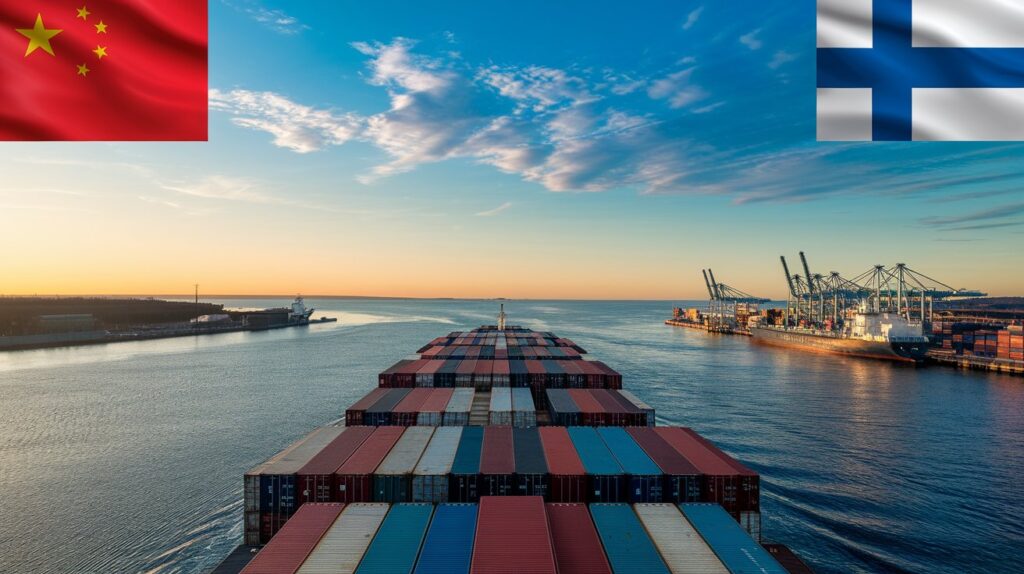
Introduction to Sea Freight from China to Finland
The trade relationship between China and Finland has witnessed substantial growth over the years, with sea freight emerging as a vital cog in this relationship. As global markets continue to evolve, the need for reliable and cost-effective shipping methods has become more pronounced, making sea freight an essential component for businesses engaged in importing goods from China.
Importance of Sea Freight in China-Finland Trade
The importance of sea freight can be attributed to various factors, including cost efficiency, capacity to transport large volumes of goods, and environmental considerations. As Finland’s trade with China expands, businesses are increasingly opting for sea freight services to import various goods such as electronics, textiles, machinery, and raw materials.
Sea freight stands out due to its ability to handle bulk cargo. This mode of transport is essential for Finnish importers looking to reduce logistics costs while maintaining a steady supply of products. Moreover, with the global focus on sustainability, sea freight tends to have a lower carbon footprint compared to air freight, aligning with Finland’s commitment to environmental stewardship.
Overview of Sea Freight Options and Benefits
Sea freight offers a range of options tailored to different shipping needs:
- Cost-Effectiveness: Sea freight is generally more economical than air freight, especially for large shipments.
- Capacity: Shipping containers can accommodate a substantial amount of goods, making it ideal for bulk shipments.
- Variety of Services: Depending on the volume and urgency, businesses can choose between Full Container Load (FCL) and Less than Container Load (LCL) shipping.
Inevitably, leveraging sea freight can not only streamline import operations but also enhance the competitiveness of Finnish businesses in various sectors.
Understanding Sea Freight Options
When diving deeper into sea freight, it is crucial to understand the different shipping options that are available, particularly Less than Container Load (LCL) and Full Container Load (FCL) shipping. Each option has unique characteristics that cater to the specific needs of businesses importing from China.
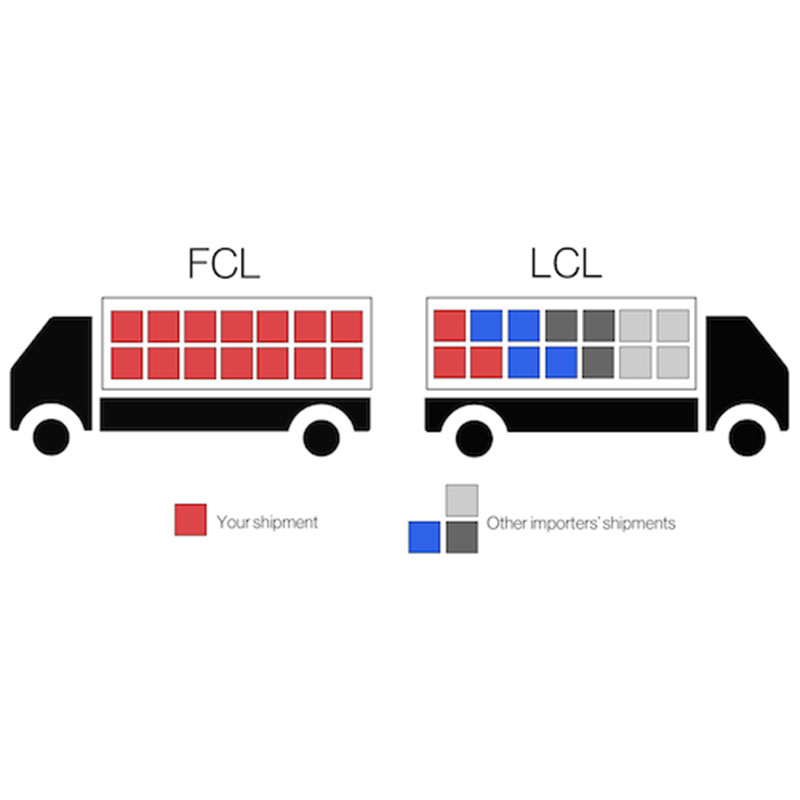
Less than Container Load (LCL) Shipping
Definition and Advantages of LCL
Less than Container Load (LCL) shipping is a service that allows multiple shippers to share a single shipping container. This option is particularly advantageous for smaller shipments that do not occupy an entire container.
The primary advantages of LCL include:
- Cost Savings: Since costs are shared among several shippers, businesses can save on shipping expenses.
- Flexibility: LCL shipping accommodates various shipment sizes, making it ideal for companies with varying import needs.
- Reduced Inventory Costs: LCL allows businesses to import smaller quantities more frequently; this can help minimize storage costs and reduce the risk of overstocking.
Ideal Use Cases for LCL
LCL is particularly suitable for:
- Small and Medium Enterprises (SMEs): SMEs that require flexibility and cost efficiency can leverage LCL shipping to import goods without the need for large volumes.
- Seasonal Products: Companies importing products that are in demand only during specific seasons can benefit from the ability to import smaller quantities as needed.
- Trial Shipments: Businesses testing the waters with new products can use LCL shipping to minimize risk by importing smaller quantities before committing to larger orders.
Full Container Load (FCL) Shipping
Definition and Advantages of FCL
Full Container Load (FCL) shipping involves renting an entire container for a single shipment. This option is ideal for larger volumes of goods and offers several benefits.
The advantages of FCL include:
- Lower Cost per Unit: When shipping large volumes, the cost per unit decreases, making FCL a more economical option for bulk shipments.
- Dedicated Space and Security: FCL containers are solely allocated to one shipper, reducing the risk of damage or loss as the goods are not mixed with those of other shippers.
- Faster Transit Times: FCL shipments often have quicker transit times as they require fewer handling processes compared to LCL shipments.
Ideal Use Cases for FCL
FCL is particularly advantageous for:
- Large Companies: Businesses with high shipping volumes can maximize efficiency and cost-effectiveness by using FCL.
- Homogenous Products: Companies importing large quantities of the same product, such as electronics or machinery, can benefit from FCL.
- Long-term Contracts: Businesses with established suppliers in China may prefer FCL for consistent shipping schedules and opportunities to negotiate better rates.
In conclusion, understanding the nuances between LCL and FCL shipping options is essential for businesses looking to import goods from China to Finland effectively. By choosing the right shipping method tailored to their specific needs, importers can optimize their logistics operations and improve their overall supply chain efficiency.
For expert assistance in navigating sea freight options and ensuring a seamless import process, consider the services offered by Dantful International Logistics, a highly professional, cost-effective, and high-quality one-stop international logistics service provider for global traders. Explore their sea freight solutions and discover how they can enhance your importing experience.
Comparing LCL and FCL Shipping Costs
Understanding the associated costs of shipping is vital for businesses aiming to optimize their logistics. The choice between Less than Container Load (LCL) and Full Container Load (FCL) shipping can significantly impact overall shipping expenses.
Cost Factors for LCL and FCL
Several factors influence the cost of LCL and FCL shipping:
- Volume of Cargo: The more cargo you have, the more beneficial FCL becomes due to lower per-unit costs.
- Weight of Cargo: Heavier cargo may incur additional costs, especially with LCL where weight can lead to higher freight charges.
- Container Fees: FCL incurs a flat container fee, while LCL may include multiple charges for handling and consolidation.
- Destination Charges: Costs related to unloading and local transport can vary, affecting the total shipping cost for both options.
- Insurance: Depending on the value of the goods, insurance costs may differ between LCL and FCL shipments.
Average Rates for LCL and FCL from China to Finland
The following table presents a comparative overview of average shipping costs for LCL and FCL from China to Finland:
| Shipping Method | Average Cost | Ideal Cargo Size | Typical Use Case |
|---|---|---|---|
| LCL | $200 – $500 per cubic meter | Up to 14 cubic meters | Small shipments or trial imports |
| FCL | $1,200 – $2,500 per container | 20 to 40 cubic meters | Bulk shipments, consistent imports |
These rates may vary based on the specific cargo type, shipping company, and seasonal fluctuations. For precise pricing, companies should consult with logistics providers such as Dantful International Logistics for tailored solutions.
You may be interested in the following related articles:
- Shipping From China To Cyprus
- Shipping From China to Turkey
- Shipping From China To Sweden
- Shipping From China To Finland
- Shipping From China To Portugal
- Shipping From China To Czech Republic
- Shipping From China to Austria
- Shipping From China to Hungary
- Shipping From China to Romania
- Shipping From China to Greece
- Shipping From China To Belgium
- Shipping from China to Russia
Typical Shipping Times for Sea Freight
Transit times are a crucial consideration for importers, as they affect inventory management and customer satisfaction.
Average Transit Times for LCL and FCL
The average transit times can differ significantly between LCL and FCL shipments due to the nature of cargo handling and processing.
The following table outlines typical transit times for both shipping methods from China to Finland:
| Shipping Method | Average Transit Time | Best for |
|---|---|---|
| LCL | 25 to 35 days | Small, diverse shipments |
| FCL | 20 to 30 days | Large, homogenous shipments |
LCL tends to take longer than FCL due to the additional time required for consolidation and deconsolidation processes involved in handling multiple shipments.
Factors Affecting Transit Times
Several factors can influence transit times for both LCL and FCL shipments, including:
- Port Congestion: High traffic in ports can lead to delays in loading and unloading.
- Customs Clearance: The speed of customs processing can vary based on documentation accuracy and local regulations.
- Weather Conditions: Adverse weather can disrupt shipping schedules, particularly in winter months.
- Shipping Routes: The chosen shipping route can impact transit times, with some routes being more direct than others.
- Shipping Line Efficiency: Different shipping lines have varying levels of operational efficiency and reliability.
By understanding both the cost and transit time dynamics of LCL and FCL shipping, businesses can make informed decisions that align with their import strategies. For expert guidance tailored to your logistics needs, Dantful Logistics offers comprehensive solutions that ensure efficient and cost-effective shipping from China to Finland.
Major Chinese Ports for Exports to Finland
When considering sea freight from China to Finland, the choice of shipping port is crucial. Various Chinese ports offer unique advantages that can facilitate efficient trade routes and logistics.
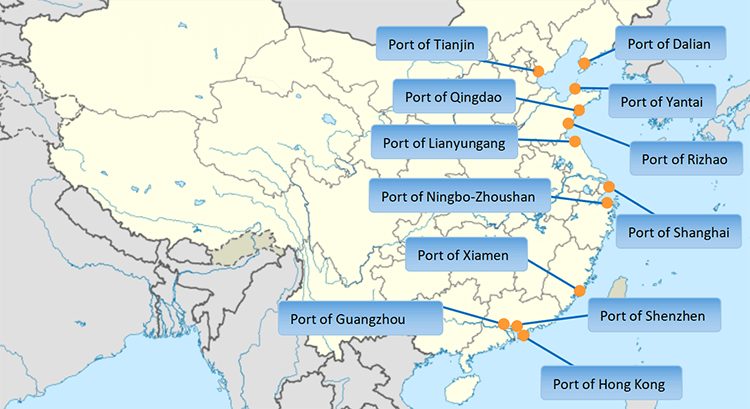
Key Ports in China for Sea Freight to Finland
- Shanghai
- Overview: As the largest container port in the world, Shanghai handles a significant volume of cargo heading to international destinations, including Finland.
- Port Code: CNSHA
- Shenzhen
- Overview: Known for its technological advancements and rapid export capabilities, Shenzhen’s ports, including Yantian and Shekou, are vital for goods shipped to Finland.
- Port Code: CNSZX
- Ningbo-Zhoushan
- Overview: This port ranks among the busiest globally and provides extensive shipping options, making it a preferred choice for exporters in East China.
- Port Code: CNNGB
- Guangzhou
- Overview: A major hub in South China, Guangzhou has a robust network facilitating exports, especially for textiles and machinery to Finland.
- Port Code: CNGZQ
- Tianjin
- Overview: Serving the northern region, Tianjin is strategically located near Beijing and is an essential port for goods bound for Finland from Northern China.
- Port Code: CNTIA
Advantages of Each Port
| Port | Advantages |
|---|---|
| Shanghai | – Largest container capacity<br>- Extensive shipping routes and options |
| Shenzhen | – Proximity to major manufacturing centers<br>- Advanced port facilities |
| Ningbo-Zhoushan | – Rapid turnaround times<br>- Comprehensive logistics services |
| Guangzhou | – Strong trade relationships with Finland<br>- Efficient handling of diverse cargo types |
| Tianjin | – Ideal for cargo from Northern China<br>- Enhanced connectivity to inland transport |
Selecting the right port is instrumental in optimizing shipping costs and transit times for businesses exporting to Finland.
Finland Ports for Receiving Sea Freight
Upon arrival in Finland, the capacity of ports to handle and process incoming shipments significantly influences operational efficiency and logistics management.
Main Ports in Finland for Receiving Goods
- Port of Helsinki
- Overview: As the largest port in Finland, Helsinki is the primary gateway for international maritime trade and has excellent connections to the capital city.
- Port Code: FIHEL
- Port of Kotka
- Overview: Located on the southern coast, Kotka serves as a significant container terminal, handling a substantial volume of cargo destined for various industries.
- Port Code: FIKOT
- Port of Turku
- Overview: A crucial port for both passenger and freight transport, Turku links Finland with Sweden and is vital for regional trade.
- Port Code: FITKU
- Port of Oulu
- Overview: This northern port specializes in handling bulk cargo and is strategically important for industries in the northern regions of Finland.
- Port Code: FIOUL
- Port of Rauma
- Overview: Known for its efficient handling of both conventional and containerized cargo, Rauma is a key player in Finland’s maritime logistics.
- Port Code: FIRAU
Port Infrastructure and Handling Capabilities
| Port | Infrastructure and Handling Capabilities |
|---|---|
| Port of Helsinki | – Modern container terminals<br>- Advanced customs facilities |
| Port of Kotka | – Efficient cargo handling systems<br>- Comprehensive warehousing options |
| Port of Turku | – Multi-purpose terminal facilities<br>- Strong links to road and rail |
| Port of Oulu | – Specialized bulk handling equipment<br>- Connectivity to local industries |
| Port of Rauma | – Flexible handling of diverse cargo types<br>- Enhanced loading and unloading capabilities |
The infrastructure and operational efficiencies of Finnish ports play a significant role in the smooth transit of goods from China. For businesses seeking a seamless import process, it’s essential to partner with logistics providers like Dantful International Logistics, which can navigate the complexities of both Chinese and Finnish ports effectively, ensuring timely delivery and optimal handling of shipments.
Preparing Your Shipment for Sea Freight
Once you’ve decided on the shipping method for your goods from China to Finland, the next critical step involves adequately preparing your shipment. This preparation includes proper documentation, packaging, and labeling, all of which play a pivotal role in ensuring that the shipping process runs smoothly.
Essential Documentation
Proper documentation is fundamental in international shipping, as it facilitates customs clearance and ensures compliance with regulations. Key documents include:
-
Commercial Invoices: This document provides details about the transaction, including the buyer and seller information, description of goods, quantity, price, and payment terms. It serves as a critical record for customs authorities.
-
Packing Lists: A packing list itemizes all contents of the shipment, detailing the weight and dimensions of the cargo. This document is essential for the accurate assessment of duties and taxes during customs clearance.
-
Bills of Lading: This document acts as a contract between the shipper and the carrier, outlining the terms of transportation. It serves as a receipt for the goods shipped and is necessary for claiming cargo upon arrival.
-
Certificates of Origin: Some shipments may require a certificate of origin, verifying that the goods were manufactured in a specific country. This document can influence tariff rates.
-
Insurance Certificates: Obtaining insurance for your cargo is advisable. An insurance certificate provides proof of coverage for potential loss or damage during transit.
Packaging and Labeling
Proper packaging and labeling are crucial for protecting goods and facilitating customs clearance.
Packaging Guidelines for Sea Freight
- Durability: Use sturdy packaging materials that can withstand the rigors of sea transport, such as moisture and pressure changes.
- Size and Weight: Ensure that packages are manageable in size and weight for ease of handling and transport.
- Containment: Use appropriate containers, such as pallets or crates, to secure goods and prevent movement during transit.
Proper Labeling for Customs Clearance
- Clear Identification: Each package should be labeled with the destination address, sender information, and a clear description of the contents.
- Barcodes and QR Codes: Consider including barcodes or QR codes to facilitate tracking and inventory management.
- Customs Labels: Ensure that any necessary customs labels are affixed to the packages to avoid delays in clearance.
Navigating Customs Clearance
Understanding the customs process is essential for ensuring that your shipments are cleared promptly and efficiently.
Understanding Customs Procedures in China and Finland
-
China’s Customs Procedures: Before shipping, it is vital to comply with Chinese export regulations. This includes declaring all goods accurately and ensuring that specific products meet Chinese export standards.
-
Finland’s Customs Procedures: Upon arrival in Finland, goods go through customs clearance, which involves inspection and assessment of duties. Finnish customs requires accurate and complete documentation to avoid delays.
Tips for Smooth Customs Clearance
- Complete Documentation: Ensure all necessary documents are prepared and accurate to prevent delays or fines.
- Engagement of a Customs Broker: Utilizing a customs broker can streamline the clearance process, as they are knowledgeable about local regulations and can handle necessary paperwork.
- Advance Planning: Anticipate potential delays by allowing extra time for customs clearance in your shipping schedule.
- Duties and Taxes: Be aware of applicable duties and taxes, and ensure that payment is made promptly to facilitate swift clearance.
Choosing the Right Sea Freight Forwarder
Selecting a reliable freight forwarder is vital for a seamless shipping experience. The right forwarder will navigate the complexities of international shipping, ensuring your goods reach their destination on time and in good condition.
Qualities of a Reliable Freight Forwarder
- Experience and Expertise: A reputable freight forwarder should have extensive experience and knowledge of international shipping regulations and customs procedures.
- Strong Network: An effective forwarder has established relationships with shipping lines, customs authorities, and logistics providers, facilitating smooth operations.
- Transparent Pricing: Reliable forwarders offer clear, upfront pricing without hidden fees, helping businesses budget accurately.
- Excellent Communication: The ability to provide timely updates and maintain open communication is essential for managing expectations throughout the shipping process.
Questions to Ask When Selecting a Forwarder
- What is your experience with shipments to Finland?
- Can you provide references from previous clients?
- What services do you offer in terms of customs clearance, insurance, and warehousing?
- How do you handle delays or unexpected issues during transit?
- What are your payment terms and policies regarding claims for lost or damaged goods?
Why Choose Dantful Logistics
Dantful Logistics stands out as a highly professional, cost-effective, and high-quality one-stop international logistics service provider for global traders. We offer:
- Comprehensive Services: From Door to Door Shipping to customs clearance, we provide a full suite of logistics solutions tailored to meet your business needs.
- Expert Guidance: Our team of logistics specialists is committed to guiding you through every step of the shipping process, ensuring a hassle-free experience.
- Global Network: With strong connections to key ports in both China and Finland, we ensure efficient shipping routes and timely delivery of your goods.
- Customer-Centric Approach: At Dantful, we prioritize our clients’ satisfaction and focus on building long-term relationships through exceptional service.
For further assistance and to explore our sea freight solutions, visit Dantful International Logistics and discover how we can enhance your importing experience.
Dantful International Logistics Services:
- Dantful Ocean Freight Services
- Air Freight From China
- Amazon FBA Freight Forwarding
- WAREHOUSE Services
- One-Stop Customs Clearance Solution
- Cargo Insurance Services in China
- DDP Shipping Services By Dantful Logistics
- Out of Gauge Cargo Transportation Shipping Services
FAQs
1. What is the difference between LCL and FCL shipping?
LCL (Less than Container Load) allows multiple shippers to share a single shipping container, making it ideal for smaller shipments. Conversely, FCL (Full Container Load) means renting an entire container, suitable for larger volumes of goods. FCL typically offers lower costs per unit and faster transit times due to reduced handling.
2. What are the average shipping costs for LCL and FCL from China to Finland?
- LCL: Average costs range from $200 – $500 per cubic meter.
- FCL: Average costs range from $1,200 – $2,500 per container. Costs may vary based on cargo type, shipping company, and market fluctuations.
3. How long does sea freight take from China to Finland?
- LCL shipments typically take 25 to 35 days.
- FCL shipments generally require 20 to 30 days. Transit times can be influenced by factors such as port congestion, customs clearance, and shipping route efficiency.
4. What documentation is required for shipping from China to Finland?
Essential documents include:
- Commercial Invoices
- Packing Lists
- Bills of Lading
- Certificates of Origin
- Insurance Certificates
Accurate and complete documentation is crucial for smooth customs clearance.
5. How can I ensure a smooth customs clearance process?
To facilitate efficient customs clearance:
- Ensure all documentation is complete and accurate.
- Consider hiring a customs broker to navigate local regulations.
- Allow extra time in your shipping schedule for potential delays.
- Be aware of applicable duties and ensure timely payment.

Young Chiu is a seasoned logistics expert with over 15 years of experience in international freight forwarding and supply chain management. As CEO of Dantful International Logistics, Young is dedicated to providing valuable insights and practical advice to businesses navigating the complexities of global shipping.






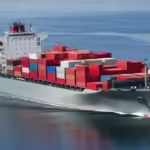



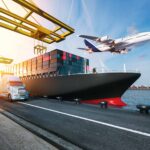
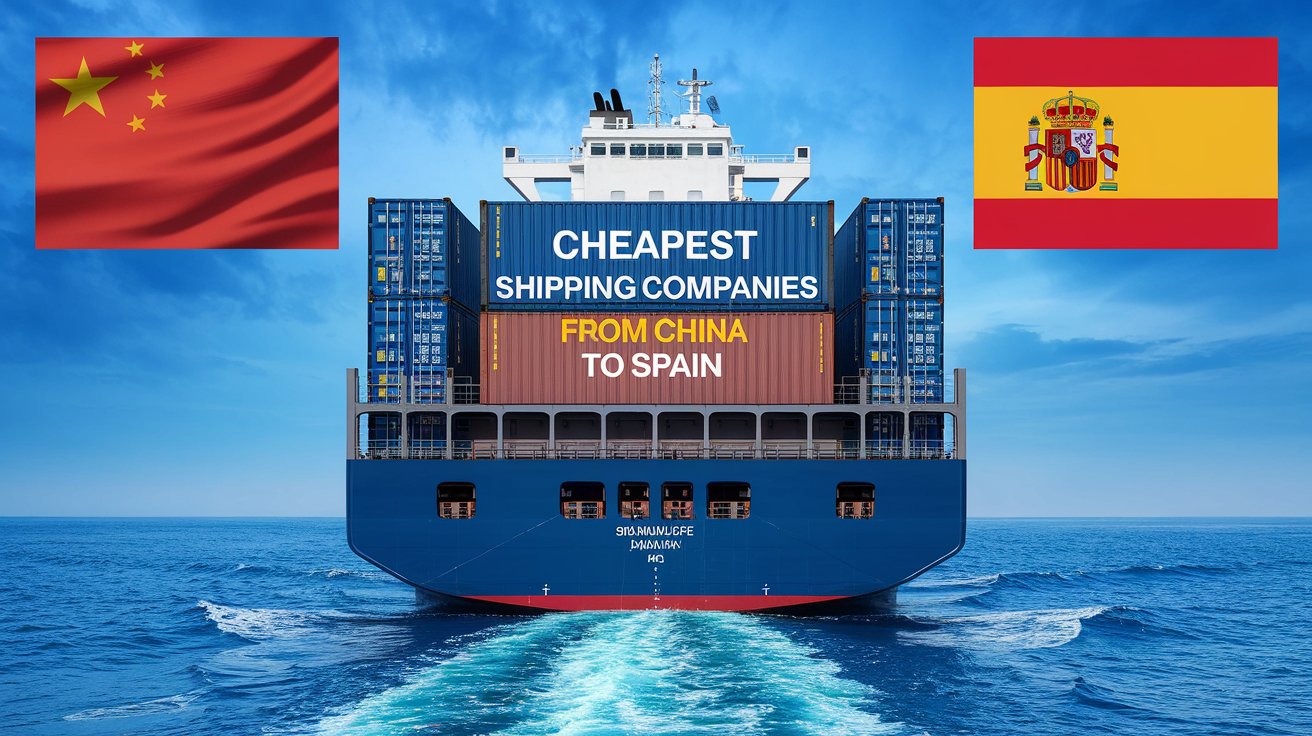
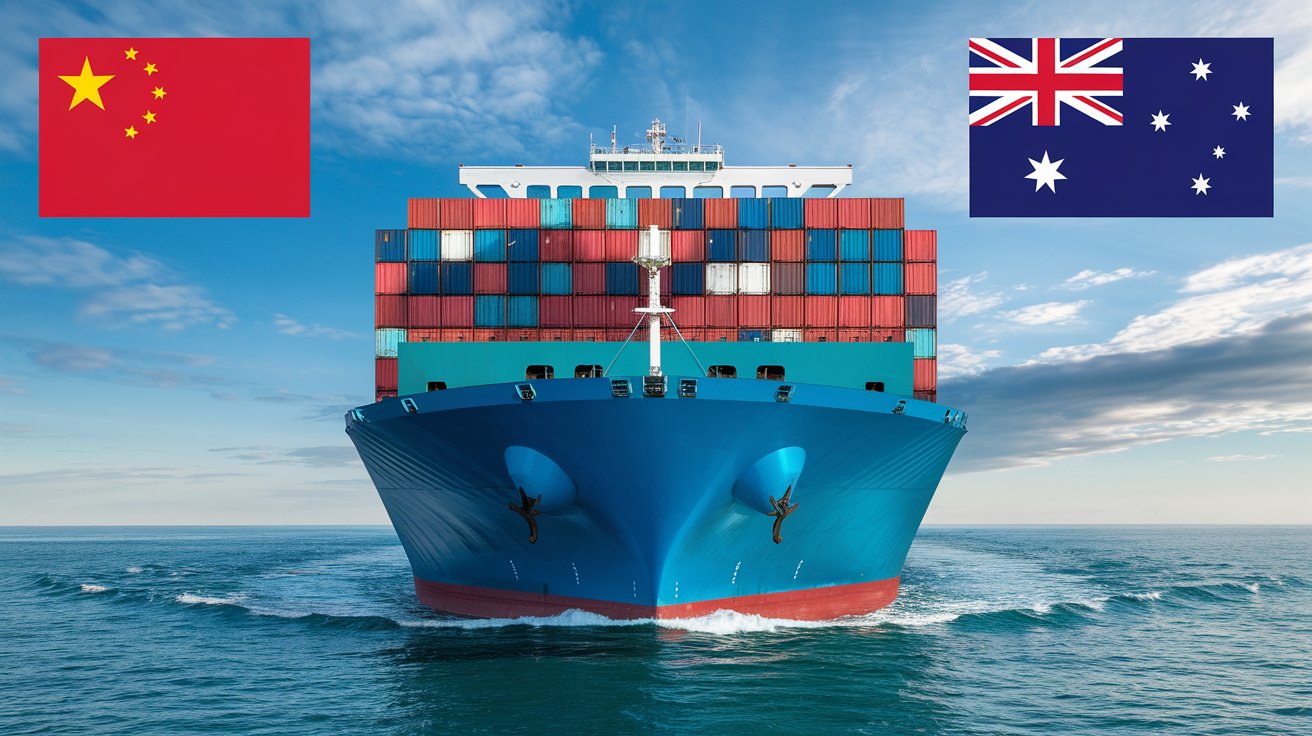
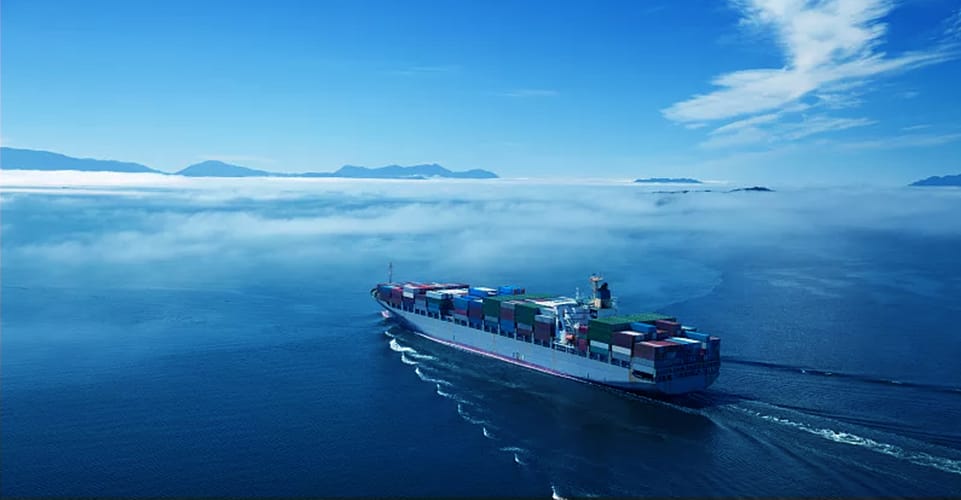
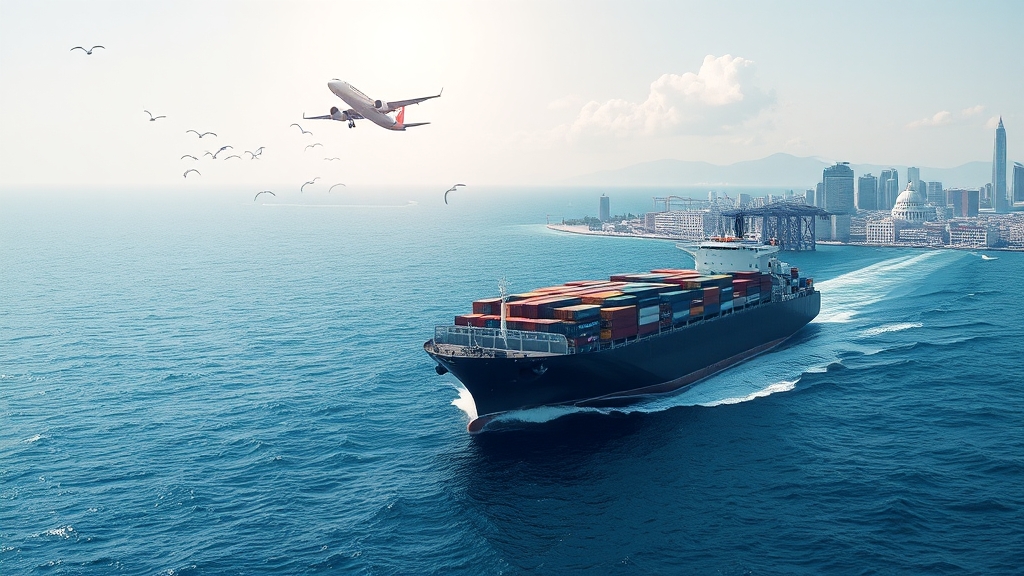
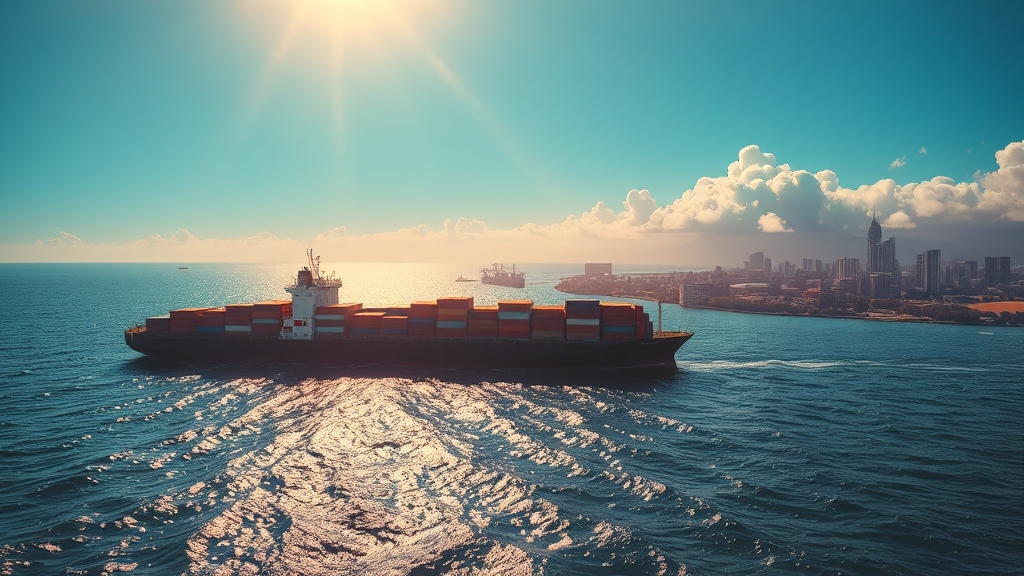





 Afrikaans
Afrikaans Shqip
Shqip አማርኛ
አማርኛ العربية
العربية Հայերեն
Հայերեն Azərbaycan dili
Azərbaycan dili Euskara
Euskara Беларуская мова
Беларуская мова বাংলা
বাংলা Bosanski
Bosanski Български
Български Català
Català Cebuano
Cebuano Chichewa
Chichewa 简体中文
简体中文 繁體中文
繁體中文 Corsu
Corsu Hrvatski
Hrvatski Čeština
Čeština Dansk
Dansk Nederlands
Nederlands English
English Esperanto
Esperanto Eesti
Eesti Filipino
Filipino Suomi
Suomi Français
Français Galego
Galego ქართული
ქართული Deutsch
Deutsch Ελληνικά
Ελληνικά Kreyol ayisyen
Kreyol ayisyen Harshen Hausa
Harshen Hausa Ōlelo Hawaiʻi
Ōlelo Hawaiʻi עִבְרִית
עִבְרִית हिन्दी
हिन्दी Hmong
Hmong Magyar
Magyar Íslenska
Íslenska Igbo
Igbo Bahasa Indonesia
Bahasa Indonesia Gaeilge
Gaeilge Italiano
Italiano 日本語
日本語 Basa Jawa
Basa Jawa ಕನ್ನಡ
ಕನ್ನಡ Қазақ тілі
Қазақ тілі ភាសាខ្មែរ
ភាសាខ្មែរ 한국어
한국어 كوردی
كوردی Кыргызча
Кыргызча ພາສາລາວ
ພາສາລາວ Latin
Latin Latviešu valoda
Latviešu valoda Lietuvių kalba
Lietuvių kalba Lëtzebuergesch
Lëtzebuergesch Македонски јазик
Македонски јазик Malagasy
Malagasy Bahasa Melayu
Bahasa Melayu മലയാളം
മലയാളം Maltese
Maltese Te Reo Māori
Te Reo Māori मराठी
मराठी Монгол
Монгол ဗမာစာ
ဗမာစာ नेपाली
नेपाली Norsk bokmål
Norsk bokmål پښتو
پښتو فارسی
فارسی Polski
Polski Português
Português ਪੰਜਾਬੀ
ਪੰਜਾਬੀ Română
Română Русский
Русский Samoan
Samoan Gàidhlig
Gàidhlig Српски језик
Српски језик Sesotho
Sesotho Shona
Shona سنڌي
سنڌي සිංහල
සිංහල Slovenčina
Slovenčina Slovenščina
Slovenščina Afsoomaali
Afsoomaali Español
Español Basa Sunda
Basa Sunda Kiswahili
Kiswahili Svenska
Svenska Тоҷикӣ
Тоҷикӣ தமிழ்
தமிழ் తెలుగు
తెలుగు ไทย
ไทย Türkçe
Türkçe Українська
Українська اردو
اردو O‘zbekcha
O‘zbekcha Tiếng Việt
Tiếng Việt Cymraeg
Cymraeg יידיש
יידיש Yorùbá
Yorùbá Zulu
Zulu